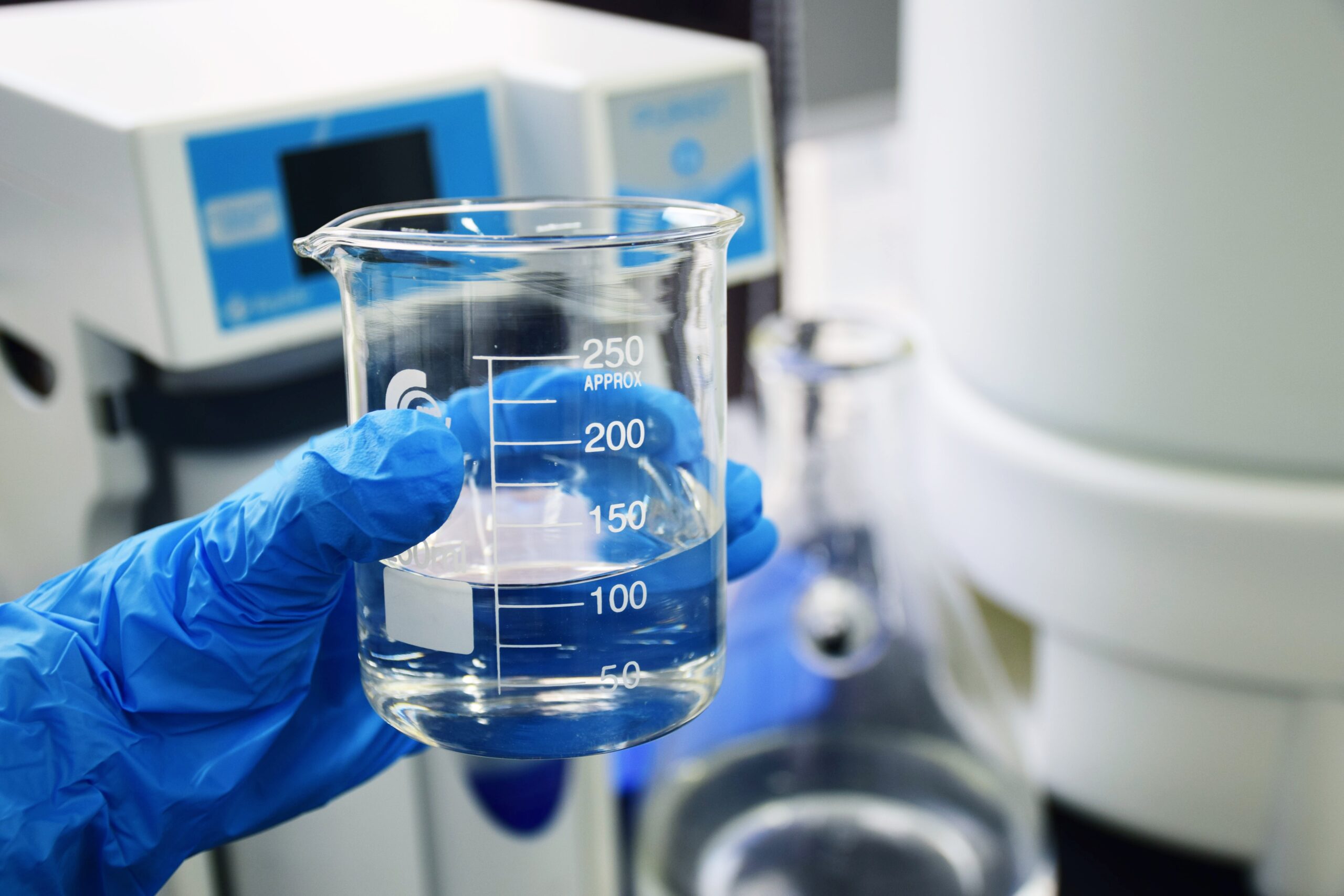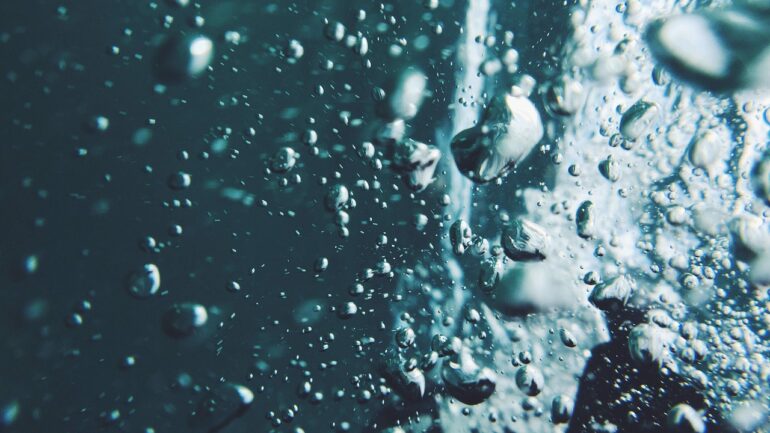By Josh Kraus, staff writer for Save The Water™ | February 16, 2015
As of 2014, 750 million people worldwide lack access to safe drinking water. Sanitation and hygiene-related illnesses born from these circumstances lead to roughly 3.4 million deaths per year.7 India, for example, cannot provide safe drinking water for 70 percent of its population due to arsenic contamination from Himalayan ore veins, and hexavalent chromium contamination from leather tanneries.6 50 percent of people in northern Ghana lack access to improved water sources, and are left to collect contaminated water from unprotected springs and wells.1
While these statistics might seem insurmountable, scientists and engineers from across the globe are working tirelessly to develop effective and efficient solutions via purification technology, and these past few months have seen great progress.
Japan’s Panasonic Corporation and Singapore’s Agency for Science, Technology, and Research (A*STAR) are responsible for two recent innovations in water purification technology. At this year’s Eco-Products Exhibition in Tokyo, Panasonic revealed their Photocatalytic Water Purification Technology, a system relying on photocatalytic compounds and UV light to eliminate arsenic, hexavalent chromium, bacteria, and other toxins from water at high speeds. The company hopes to outfit trucks with the new technology and send them to areas in need of safe drinking water. There is also the potential for the technology to be implemented in water treatment facilities.6
A*STAR’s Institute of Materials Research and Engineering (IMRE) department has found another way to harness the power of photocatalytic materials. A team of researchers has developed a catalyst with gold nanoparticle antennas that can eliminate organic pollutants from water during the daylight. The sunlight creates electrical charges which then induce chemical reactions in the molecules attached to the catalyst, and the gold nanoparticles enable the photocatalyst to harvest more light. The process can also split water into hydrogen and oxygen, and the hydrogen can be used as a green energy source.5
Multi-billion dollar organizations like Panasonic and A*STAR are not the only players in purification technology development. Back in the United States, the Milwaukee water company Hydro-lite is seeking seed money for their eponymously named low-maintenance, hand-powered water purification system. Like Panasonic’s technology, the Hydro-lite employs UV light to purify water but differs from Panasonic in its application. The product operates via a winding mechanism that powers the UV-C bulb. One minute of constant light from the bulb will purify up to one liter of water from dangerous microorganisms. Eric James, Hydro -lite’s founder, says the product should last for roughly 8,000 uses.3
Universities are also making advancements. Researchers at the Sweden’s Luleå University of Technology have collaborated with the Imperial College in London to develop a nano-cellulose based water filter. Their prototype maintains a high filtration capacity and can be tailor-made to target different pollutants such as copper, iron, silver, dyes, and nitrates, for removal.2
While all of these breakthroughs still require further research and development before they are deployable, their unveiling is a promising step forward in the effort to improve water scarcity. The technologies of Panasonic and Hydro-lite, for instance, are highly portable and have the potential to reach some of the most isolated regions of developing countries.
For more developments in water purification technology, visit https://savethewater.org/category/water-technology-2/
References
- Community Water Solutions. “Community Water Solutions.” Retrieved from https://www.globalgiving.org/pfil/4294/projdoc.pdf.
- Controlled Environments. “Nano Filter Cleans Dirty Industry.” Retrieved from http://www.cemag.us/news/2014/12/nano-filter-cleans-dirty-industry.
- Hernandez, Daniel.Wis Business. “Daniel HernandezHydro-lite sheds a new light on water purification technology.” Retrieved from http://wisbusiness.com/index.iml?Article=338318.
- Panasonic. “Panasonic Develops ‘Photocatalytic Water Purification Technology’ – Creating Drinkable Water with Sunlight and Photocatalysts.” Retrieved from http://mms.businesswire.com/media/20141216006745/fr/445770/5/963A1551.jpg?download=1.
- Phys Org. “Mixed nanoparticle systems may help purify water and generate hydrogen.” Retrieved from http://phys.org/news/2014-12-nanoparticle-purify-hydrogen.html.
- Pultarova, Tereza. December 24, 2014. Engineering and Technology Magazine. “New sunlight water-purification tech to help developing world.” Retrieved from http://eandt.theiet.org/news/2014/dec/uvlight-water-purification-panasonic.cfm.
- Water.org. “Millions lack safe water.” Retrieved from http://water.org/water-crisis/water-facts/water/




